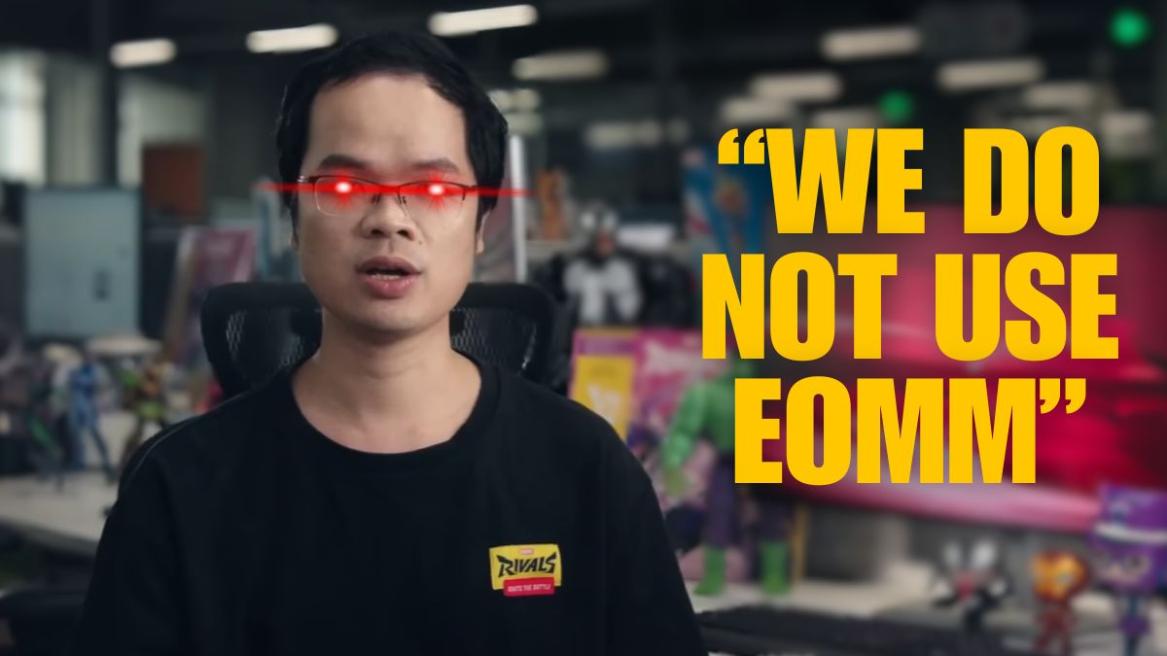
- Marvel Rivals devs explained how Base Points and Competitive Scores work in Ranked lobbies.
- Devs also stated that the game does not use EOMM.
- As per NetEase, matchmaking is purely dependent on team balance and probability of overall performance.
Marvel Rivals took over the hero shooter genre upon its launch, overthrowing giants like Overwatch 2 to become one of the top-played games out there. Despite its popularity, rising frustration among players has surfaced about the game’s matchmaking algorithm time and time again, with many experiencing repeated win and loss streaks that do not appear random.
Speculation has circulated that NetEase employs Engagement Optimized Matchmaking (EOMM), a technology suspected to alter match outcomes in order to maintain near-50% win rates for player retention. Critics point to unequal team skill levels, resulting in lopsided games that impair competitive balance.
Despite NetEase’s mid-August announcement denying EOMM implementation, questions remain, spurred in part by the company’s 2020 OptMatch document, which promotes “player satisfaction” through highly contested matches. In response to growing concerns, NetEase has released a new video that explains the complexities of its matchmaking and ranking systems, intending to directly address player criticism.
NetEase Clears the Air on Marvel Rivals EOMM Allegations and Rigged Lobbies
Marvel Rivals’ recent video, led by Lead Combat Designer Zhiyong, dives into the game’s matchmaking algorithm in detail, clearly denying the usage of Engagement-Optimized Matchmaking (EOMM), which has been accused of manipulating match outcomes to optimize player retention.
The video explains that the method emphasizes server selection, team composition, and competitive scores, gradually increasing search ranges to reduce wait times but not to alter win/loss ratios. As the game strives for balanced matches based on average competitive scores, player experiences of win or loss streaks are attributed to probability and natural volatility in team dynamics, rather than willful manipulation.
The developers admit that aspects like role selection and team cooperation can influence outcomes and contribute to the sense of streaks, but they are not part of a player engagement plan. The video also demonstrates how to create team balance by structuring teams in such a way that discrepancies in average competitive scores are minimized, albeit the lack of role locking can lead to internal imbalances. Random matchmaking doesn’t use a hidden ELO or SBMM mechanism, instead depending exclusively on apparent ranks, which might lead to seeming unpredictability, particularly in lower ranks.
While this may seem like a win-win situation for a lot of players, ultimately, the devs are telling you to gather a squad suited to your needs and that can play around your preferred role in order to win more matches.
What do you think of Marvel Rivals’ current matchmaking system and algorithm? Tell us in the comments!